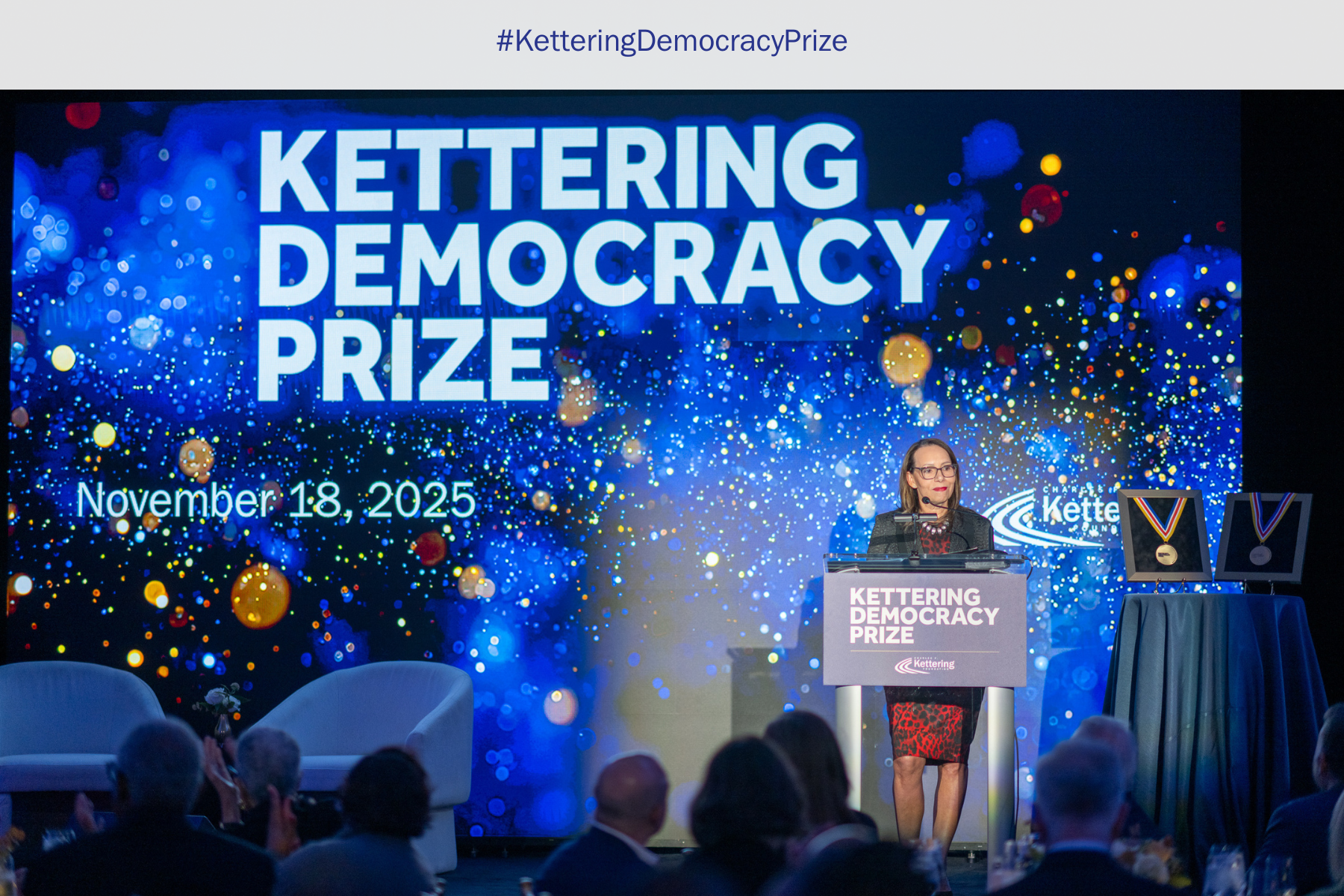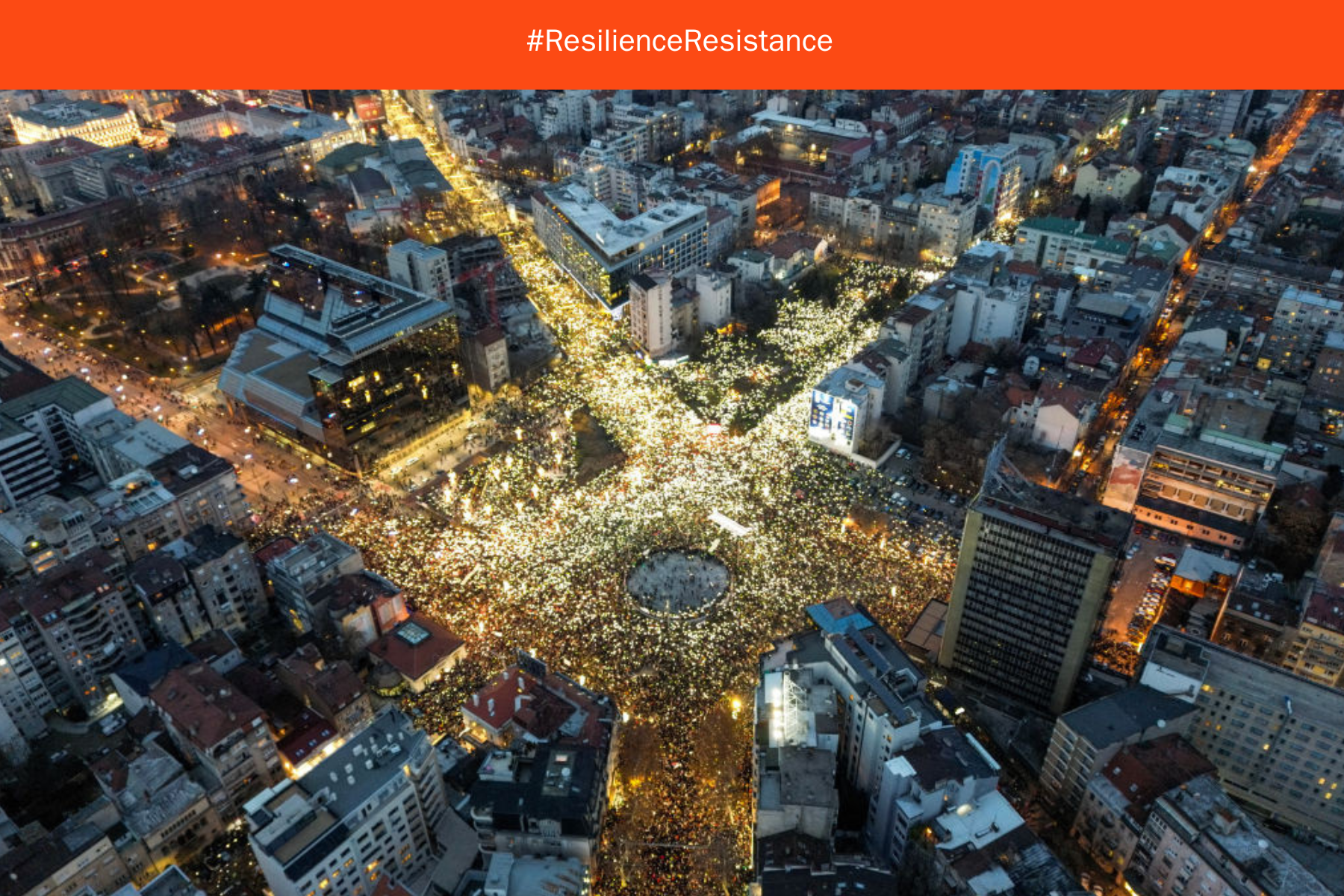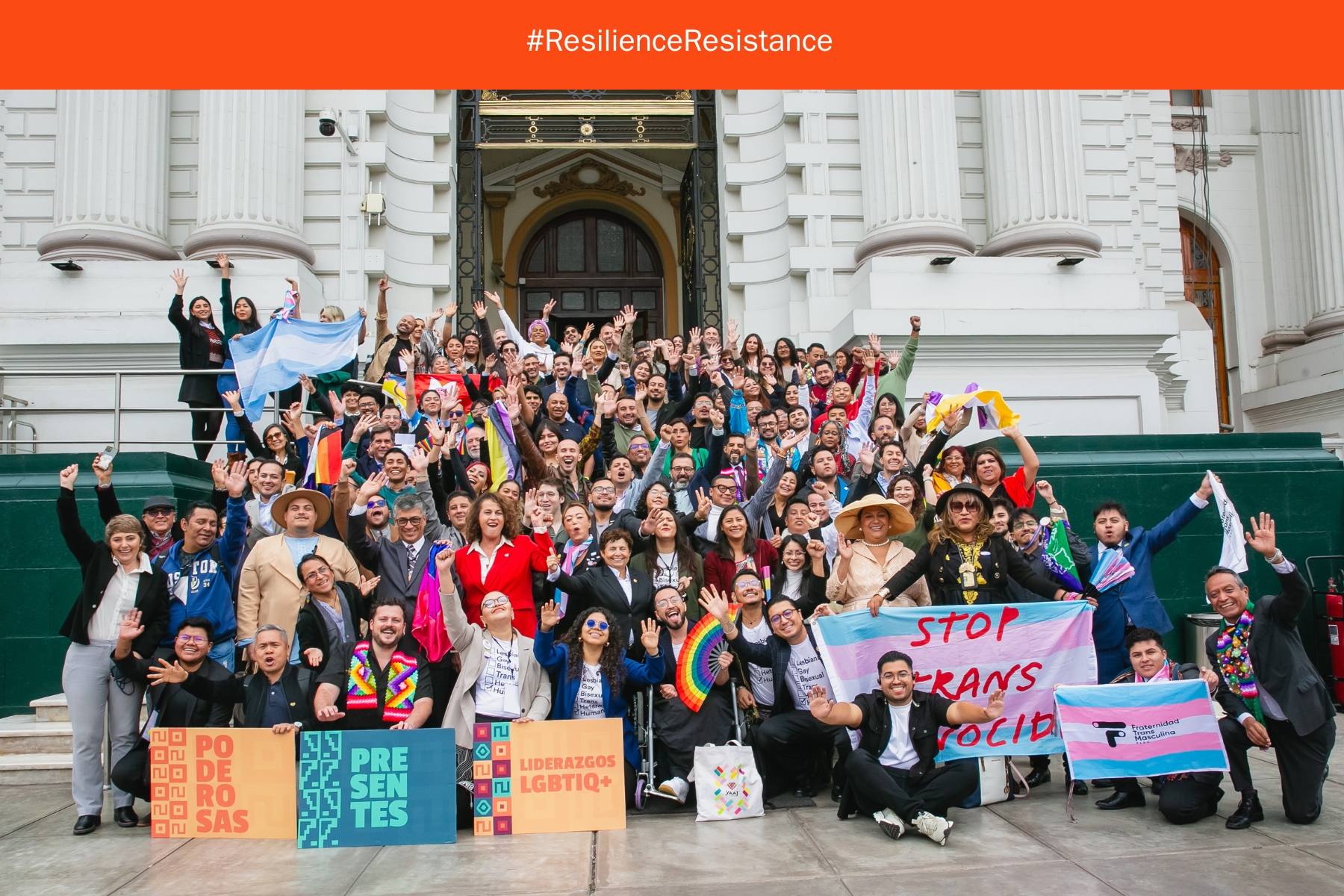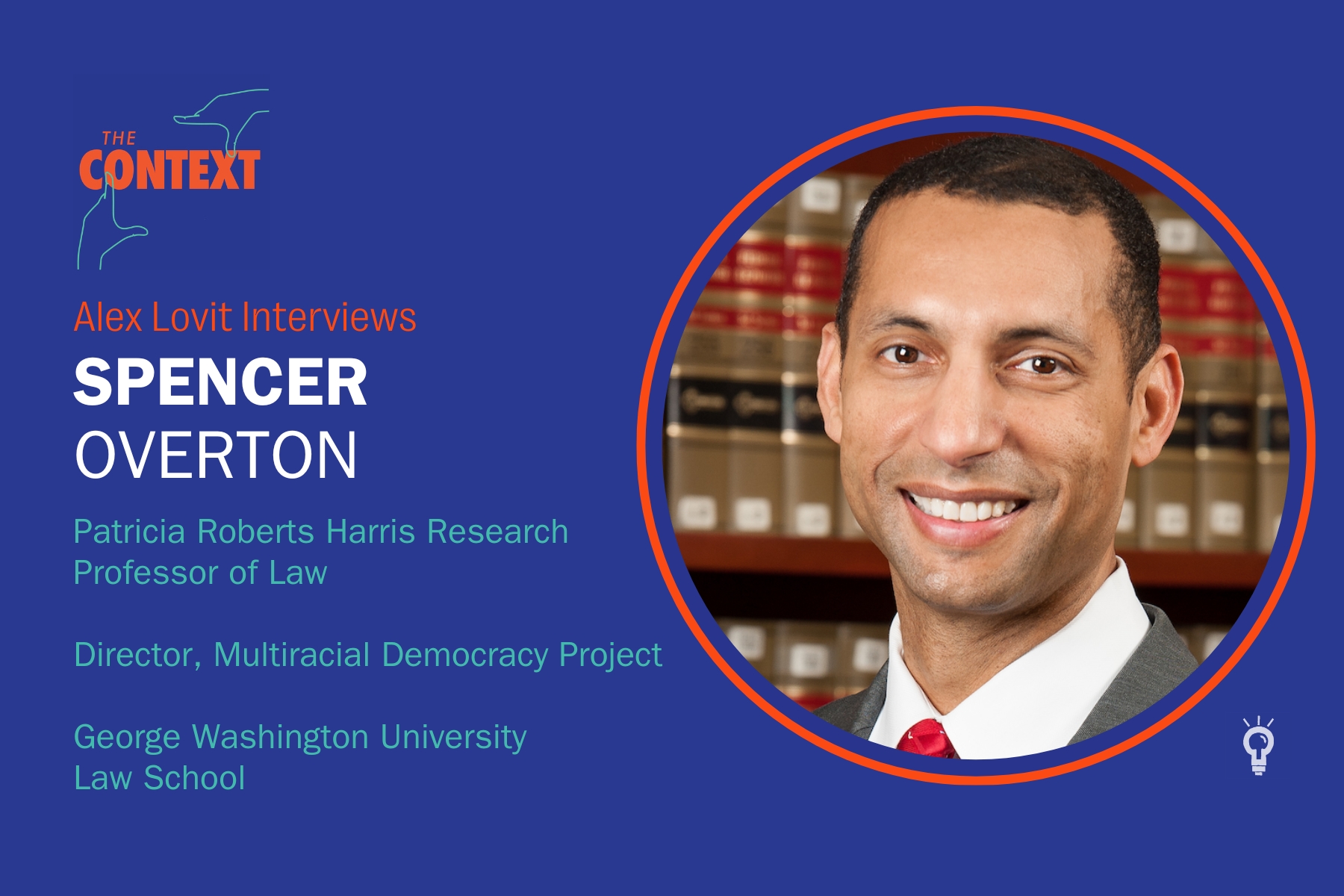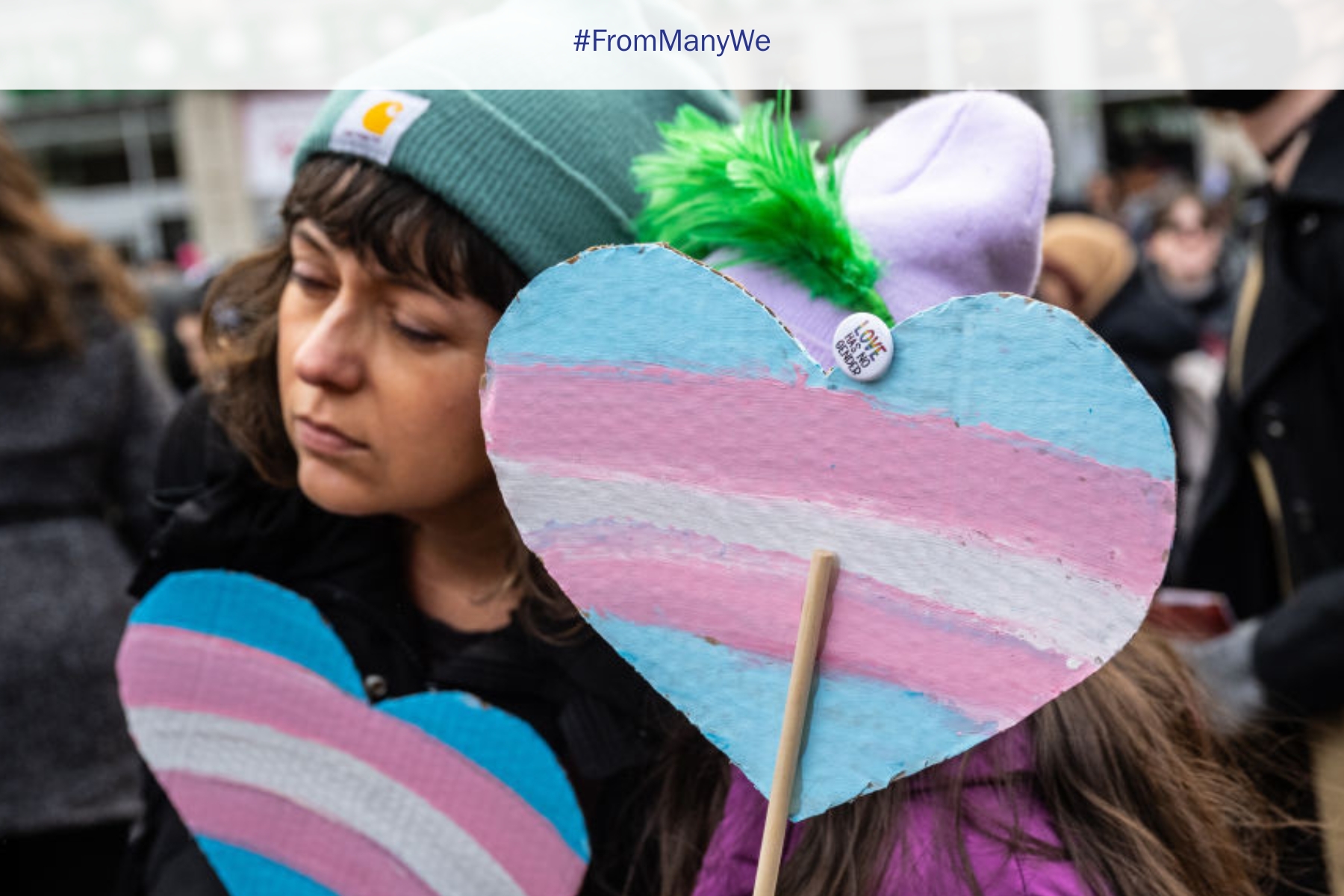DCDC, Kettering Foundation Commemorate Dr. King’s Dayton Speech, Current Challenges
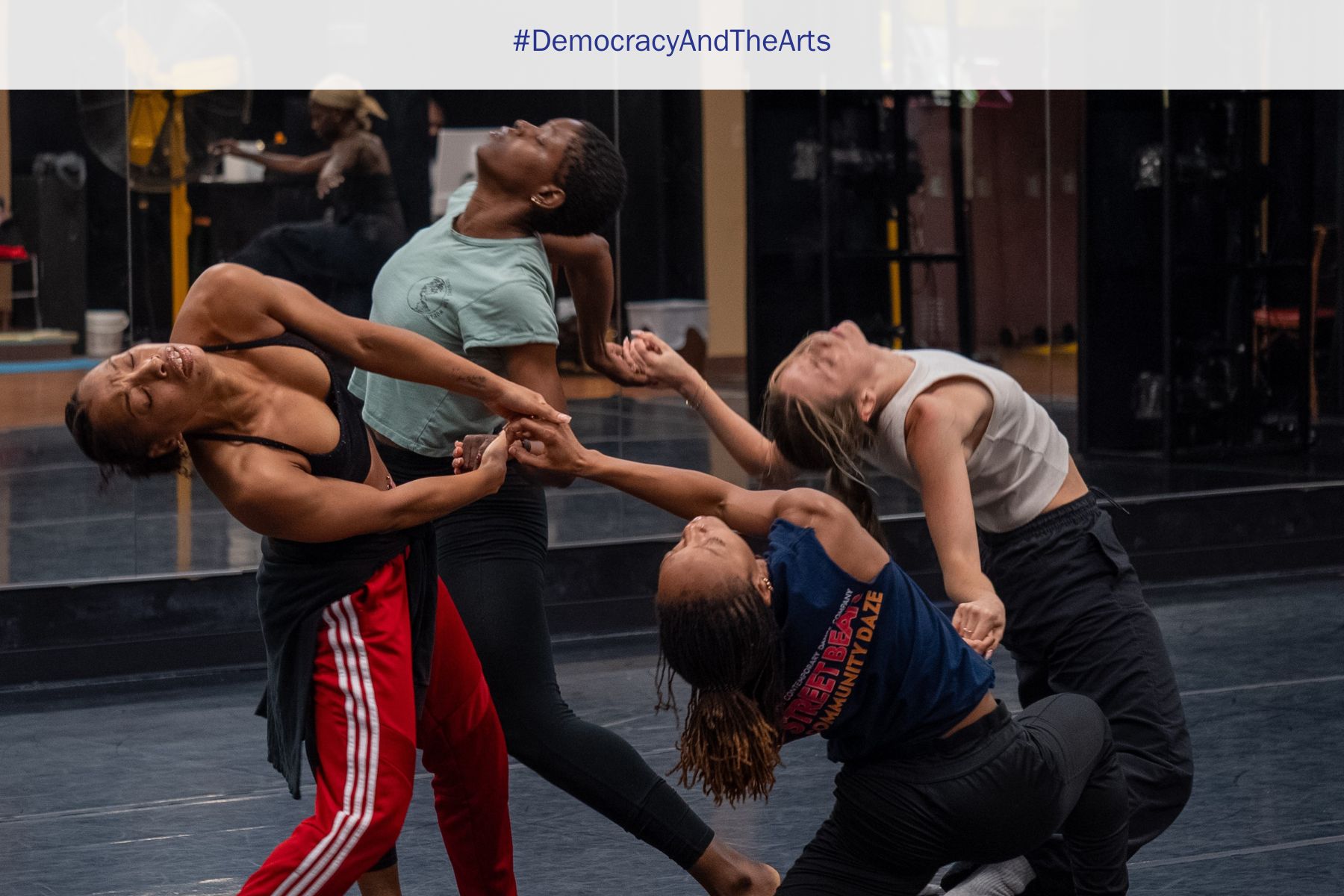
The written and spoken word have been the most conventional ways to express the challenges of American democracy. Yet other forms of art have also shaped Americans' views of the nation. Our most famous sculpture, the Statue of Liberty, is an enduring symbol of American ideals; Billie Holiday's haunting song, "Strange Fruit," depicts the horrifying ways in which America fell short of those aspirations; a staple of the American theater, Lorraine Hansberry's A Raisin in the Sun, movingly depicts the price of poverty and discrimination in one Chicago family.
For ways in which dance has had an impact, look no further than the Dayton Contemporary Dance Company (DCDC). The late Jeraldyne Blunden founded DCDC in 1968 to give dancers of color opportunities to perform in an era when few doors were open to minorities and civil rights protests challenged the nation's conscience. Nearly six decades later, DCDC has a storied history and is the tenth largest modern contemporary dance company in the country. Under the leadership of Blunden's daughter, Debbie Blunden-Diggs, the diverse troupe performs around the world. It has long produced work reflecting the Black experience, speaking truth to power and placing it at the intersection of the performing arts and inclusive democracy.
In partnership with the Charles F. Kettering Foundation, DCDC will introduce a new work, titled Promised Land, that will premiere at Dayton's Victoria Theatre on October 25 and 26, 2025. Promised Land uses movement, music, and the spoken word to depict the struggle of Black Americans for equal rights.
The joint project is made possible by the Kettering Foundation's recent reassessment and refinement of its core mission. Since the early 1980s, the nearly century-old Kettering Foundation has focused on strengthening democracy here and around the globe. Three years ago, the foundation broadened that focus to include the arts, a powerful, but too-often overlooked vehicle of expression of the tensions, hopes, ideals, and challenges of democracy. To carry out that vision, the foundation developed a new focus area, Democracy and the Arts.
Joni Doherty, senior program officer for Democracy and the Arts, began developing a relationship with several Dayton-area artists, including Willis "Bing" Davis, a visual artist and educator, and Sierra Leone, now an artist-in-residence at the foundation and poet laureate of Dayton. In partnership with the Kettering Foundation, last year Davis curated Visual Voices, an exhibition by African American artists to commemorate the 60th anniversary of both the Civil Rights Act of 1964 and Dr. Martin Luther King Jr.'s speech in Dayton on November 29, 1964. As part of this relationship-building practice, Doherty attended DCDC performances and held conversations about the relationship between the arts and democracy with Blunden-Diggs. Over time, both decided that a dance exploring themes from Dr. King's speech and how they resonate in the current moment would be an ideal joint project.
Dr. King spoke at the University of Dayton Fieldhouse on a snowy Sunday evening. It was a momentous time. Less than five months before, Congress had passed the Civil Rights Act. Days later, he would travel to Norway to accept the Nobel Peace Prize.
Dr. King's speech detailed how far Black Americans had come, but he also listed murders and church bombings and other atrocities that had occurred that very year. He spoke of the burden faced by Black Americans every day as targets of bigotry and how racism impacts the souls of individuals who are exposed to constant, false messages of their inferiority. As protesters from a White supremacist political party chanted racial slurs outside the fieldhouse, Dr. King stressed the need for nonviolence and urged the audience of 6,000 to keep striving.
"We've come to see that human progress never rolls in on the wheels of inevitability," he said. "It comes through the tireless efforts, the persistent work of dedicated individuals. . . . The time is always ripe to do right." Promised Land contains echoes of that long-ago speech and struggle as well as the urgency of the current time.
"You have to acknowledge what happened in the past in order to create a vision as to what it looks like to move forward," said DCDC Rehearsal Director Countess Winfrey, who is choreographing the work along with DCDC Associate Artistic Director Qarrianne Blayr and Blunden-Diggs. Blayr added that pulling together all those disparate elements and weighing which dancers are a good fit for each role is like a jigsaw puzzle.
Dance is both communal and individual, a mix of the intent of the choreographers and the ability of dancers to convey complex messages to the audience. As it was being shaped in the first few weeks, the work was already challenging viewers to react and reflect. At one point, dancers stood with their heads tilted as though they had been hanged. The scene was not only a reference to the history of lynching that Black Americans endured, but the distinction Dr. King's speech made between reciting facts and telling the truth, said Blayr.
"It includes context, it includes reasons why, it includes feeling and emotion, what happened before the fact, what happens after the fact, who caused it, that's what the truth is," she said. The performance ends on a note of hope, she noted, with words from Dr. King's speech, the hymn "Amazing Grace," and speaking roles for the dancers.
Each person involved in creation of the project responds in unique ways. Winfrey, a native of Nashville, Tennessee, said her grandfather was a pastor in Memphis during the 1960s, and her family interacted with Dr. King during that time. Because her connection to that history feels personal, she wants the performance to convey not simply what happened, but to spotlight ongoing issues that are still relevant today, including the impact of racism.
Winfrey said she was particularly moved by one section of Dr. King's speech when he spoke of how society reinforced messages of inferiority against Black people: "Many came to feel that perhaps they were less than human, that perhaps they were inferior. This has always been the great tragedy of slavery, the great tragedy of segregation—not merely what it does to one physically, but what it does to the soul." In response, Winfrey said, "Martin Luther King is talking about Black people starting to lose faith in themselves. And so the section [of the dance] that I'm working on is dealing with the psychology of feeling like there is a superior and an inferior person, and what does that mean? . . . What does that do to your psychology?"
Niarra Gooden-Clarke is one of the company dancers who will perform a solo. "Collective effort is what inspires action," she observed. "The cycle of oppression that people of color experience has been continuous from enslavement to segregation, to now [with] police brutality. There's just a long string of events that may seem different. They might not seem as bad as they once were, but the reality is that oppression has never left us."
Blayr hopes that the people who see Promised Land will be able to see "themselves, or their family, or someone they know and are connected to in the work. And I would like them to feel all of the emotions. I want them to feel inspired, and hopefulness, and sadness, and loss, and gain."
"Democracy and the arts can be, should be, a call to action," said Blunden-Diggs, noting that DCDC created six new works last year. She said that the choreography for Promised Land began after long conversations with Winfrey and Blayr. "It will be entertaining, but it's very different. It should be thought-provoking. It should be an experience that everybody walks away with something that they gleaned from it."
"This is storytelling," she said. "Historical storytelling from a very recognizable and historical figure in African American history, so you know the stakes are high."
Maura Casey is a former editorial writer for the New York Times and has worked with the Kettering Foundation since 2010.
Photograph of DCDC rehearsing Promised Land provided by Adam Clark.


